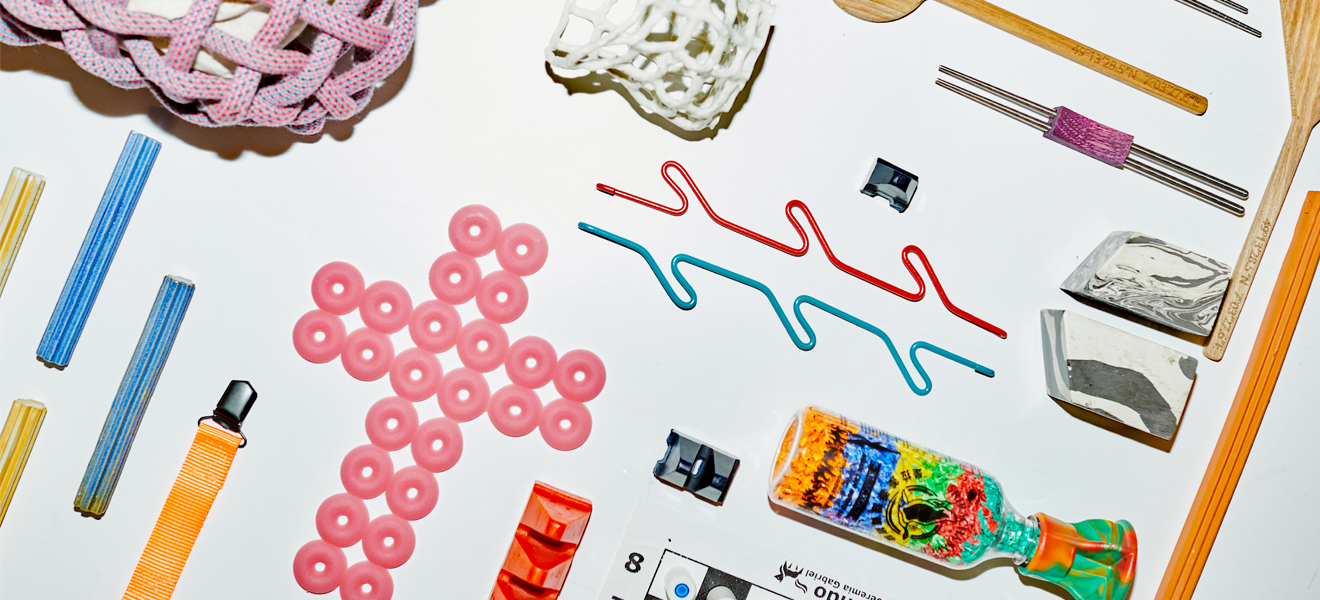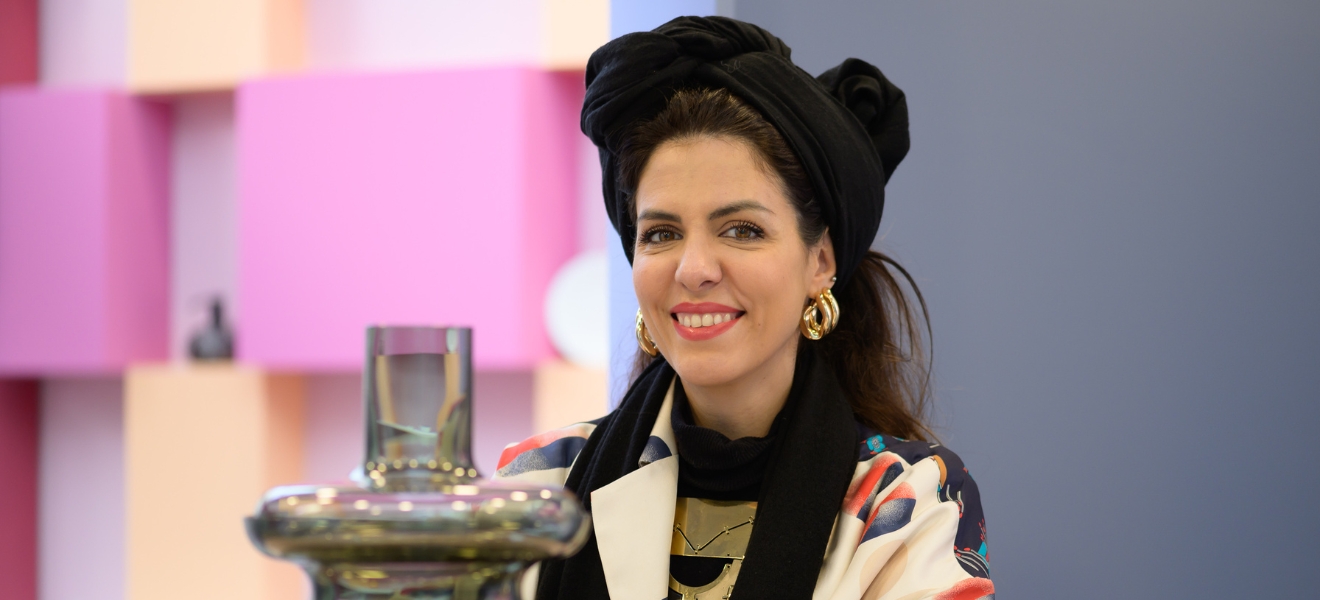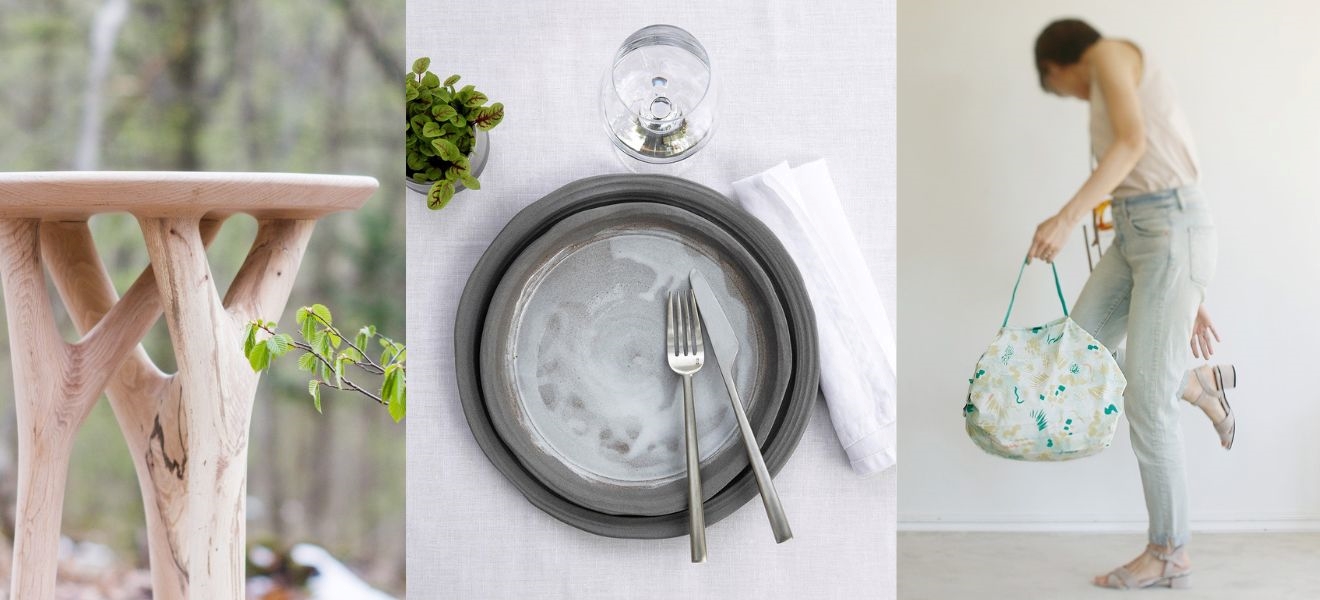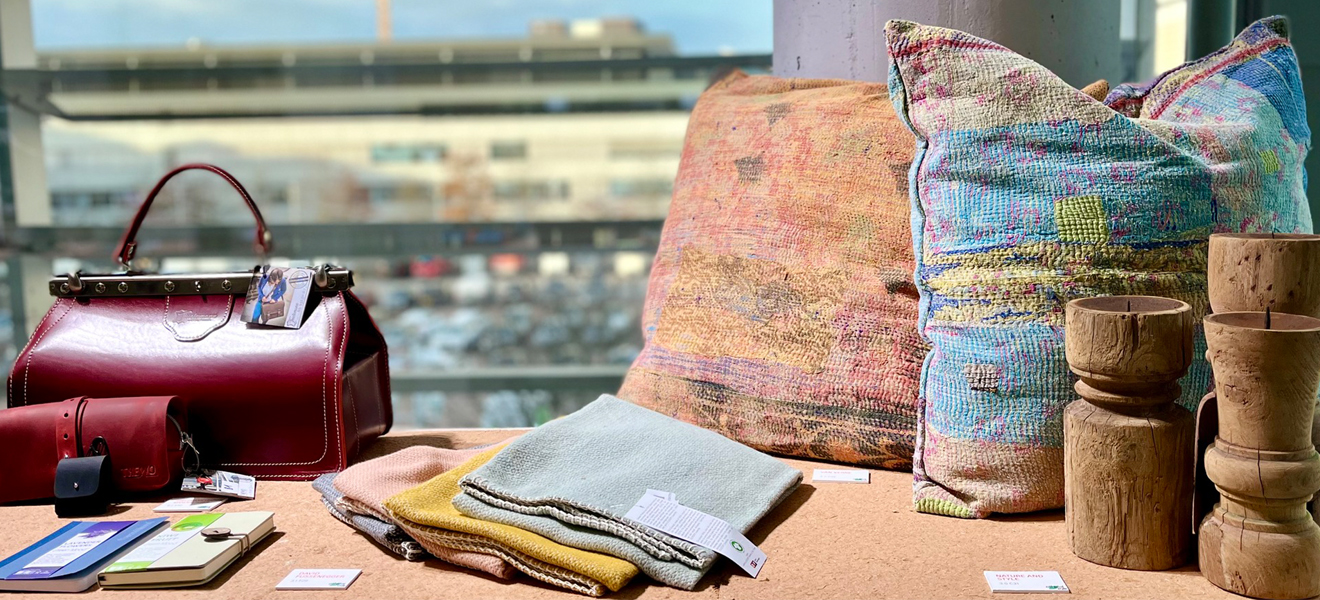Guest blog from Christoph Harrach (Karmakonsum)
Eco-lifestyle expert Harrach was intrigued to discover what Ambiente had to offer in terms of fairly and sustainably produced new products. His conclusions give some cause for hope in the face of global challenges: Sustainable consumption – Every journey starts with the first step.
The conclusions I take away from my two-day visit to the largest consumer goods trade fair in the world are ambivalent. On the one hand, I felt the pulse of global mass consumption at Ambiente and looked into the mirror of our global consumer society. On the other hand, there were signs – although still somewhat muted – of an ecological transformation among a growing number of exhibitors. The move towards sustainable consumption was made visible for the first time this year by the organisers with the launch of the Ethical Style Guide.
This well-organised directory listed 178 companies (out of a total of 4,300 exhibitors) that offer environment-friendly, resource-friendly or fairtrade goods. With this initiative Messe Frankfurt is giving a high priority to the (still) niche segment of sustainable products and also hopes to develop a long-term “platform for sustainability”.
So much for the general background – I’d now like to describe my actual experiences of using the Ethical Style Guide to navigate my way through the fair. When talking to exhibitors listed in the Guide, I was aware of a wide range of attitudes ranging from “we do this for marketing purposes because the customers want it” through to companies that are acting from genuine 100 % conviction. I’d like to share one story with you: I was at a stand of an Italian plastic goods manufacturer with a new product line made from “bio-plastic”. When I asked about the motivation of the company, the press officer told me the story of her managing director. The birth of his first grandchild brought into sharper focus for him how wastefully we manage our natural resources. As a result of his affection for this new world citizen, he questioned his entire business operation and started to examine all processes and products for their environmental impact. In addition to modernising the production facilities in terms of energy efficiency and the use of new materials, he committed the company in particular to research new materials.
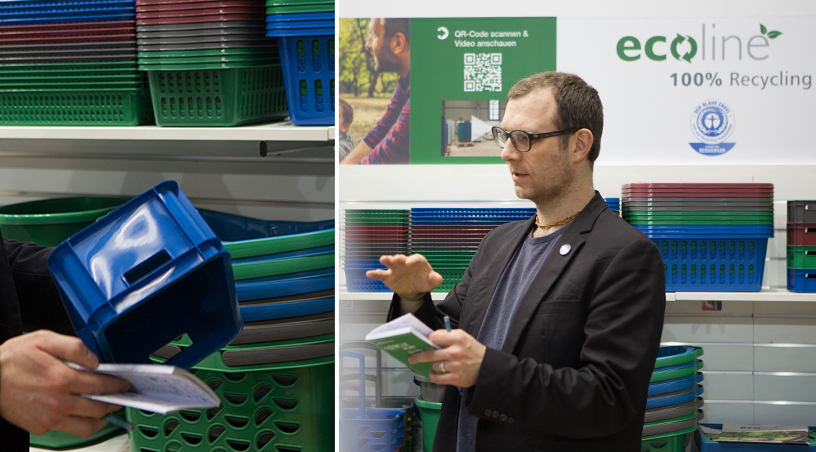
I repeatedly came across this issue of the need for research in other discussions. In the plastics sector a very large number of alternatives to oil-based production are currently being investigated. New reusable materials and many new recycling concepts are being developed. Here, too, I had interesting conversations, for instance with the German manufacturer Gies of plastic goods that has developed a new processing technique for reusing plastic. This process has been certified according to the guidelines of the Blue Angel eco-label instituted by the German Ministry of the Environment. I also saw some attractive household goods made from bio-plastic, a compostable alternative to conventional plastic.

The themes of recycling and upcycling were also in evidence at many of the stands. There were manufacturers who create wonderful design objects from waste, e.g. old glass bottles. In a Chilean social project green glass slum dwellers receive fair payment for the glass they collect, which is then used to make beautiful products. With their uncompromising slogan “Stop buying shit. Start changing the world.” they are appealing to the sense of responsibility of consumers to change the economy sustainably.

I also feel that it is important that eco-products look good so as to attract mainstream customers. Although the intrinsic motivation among many consumers is growing, the issues of design and function are extremely important in order to catapult eco-products into the mainstream. At Ambiente I saw lots of good examples of really cool designs, e.g. brushes made from sustainable forestry and with bird feathers.
Ecology and design are two key dimensions in the discussion around sustainable consumption. The social dimension though is becoming increasingly important, particularly when it comes to production in the “Global South” where a large proportion of manufacturers are based. Here, too, I was pleasantly surprised by the number of small exhibitors whose production processes respect human dignity and are in accordance with the principles of fair trade. In these discussions I was able to gain a sense of the challenges that prevail in emerging and developing countries and of the global challenge that sustainable development entails. A good example were baskets from a fairtrade-certified manufacturer in Bangladesh. The World Fair Trade Organization was also represented with its own stand at Ambiente.
My conclusions: Things are starting to happen and I hope that the cultural transformation towards long-term sustainable consumption and lifestyles will not take too long. The damage that is being caused every day by humans through the overuse of natural resources is to a large extent irreparable. I’d like to end my blog with a quote from Mahatma Gandhi pointing out that each of us is responsible for making this transformation and that each individual change matters: “Be the change you want to see in the world.” Here I’d also particularly like to emphasise our power as consumers. Ultimately, as buyers we decide what is offered on the market.

